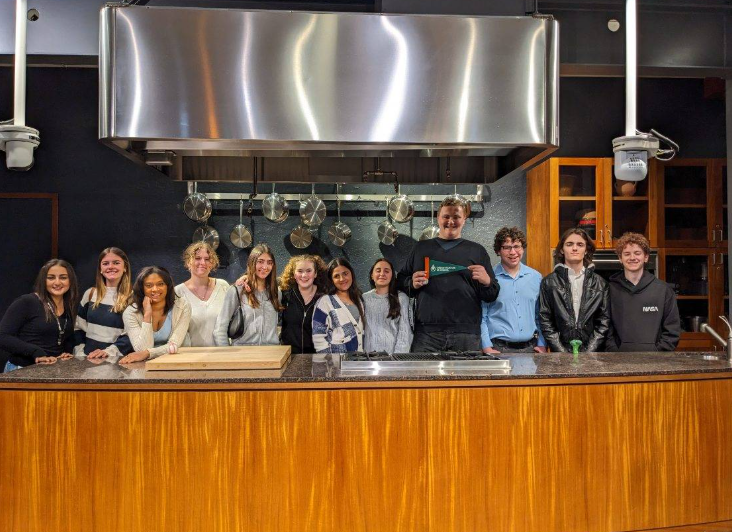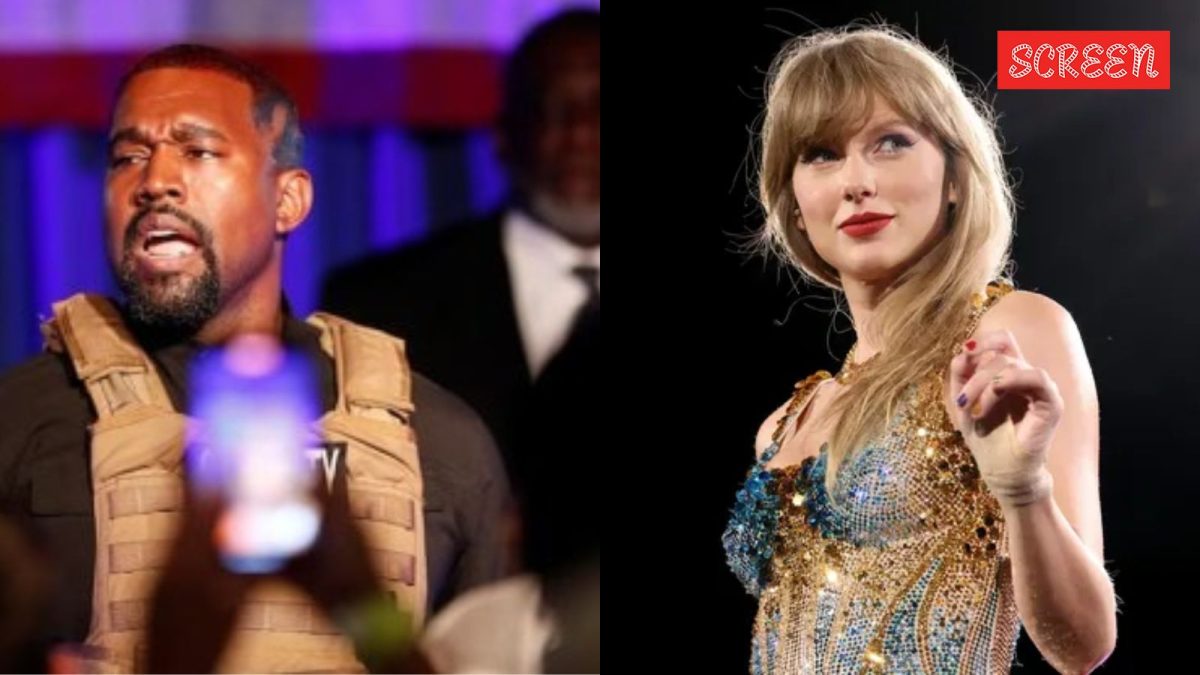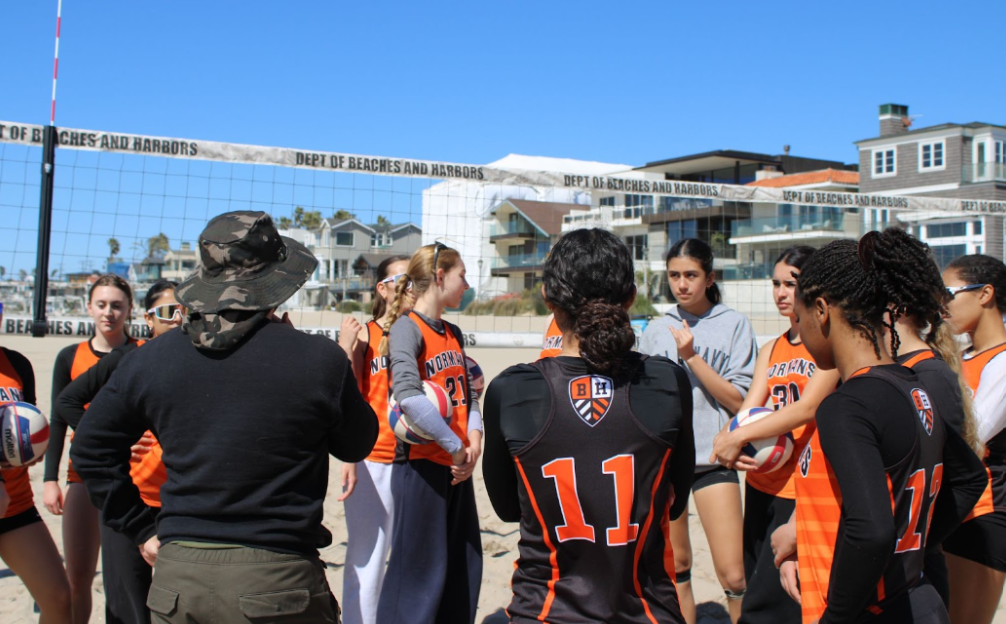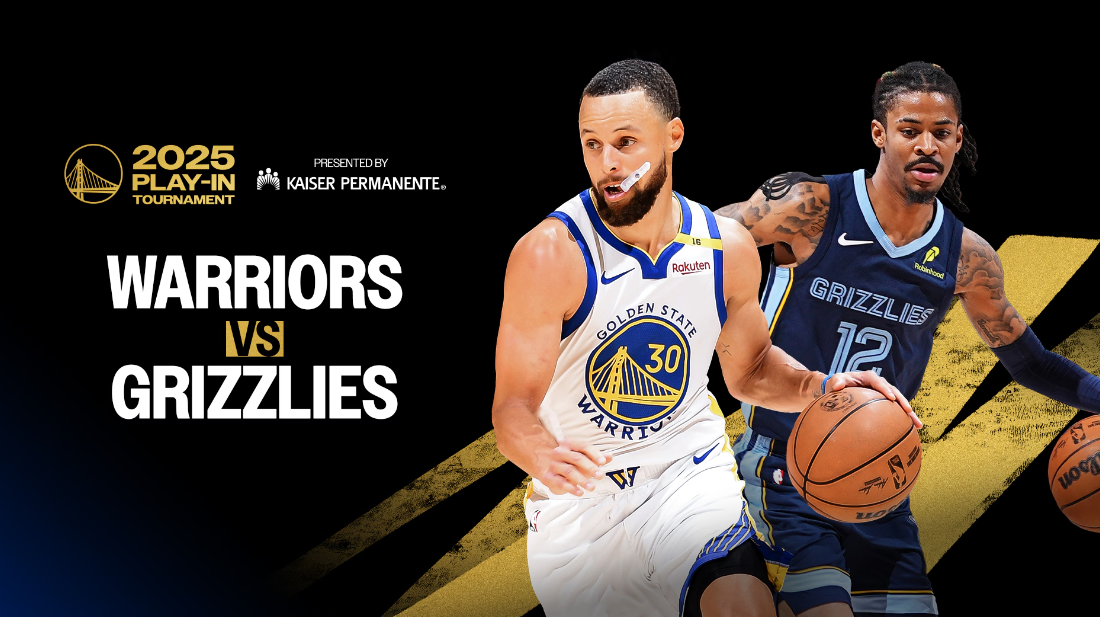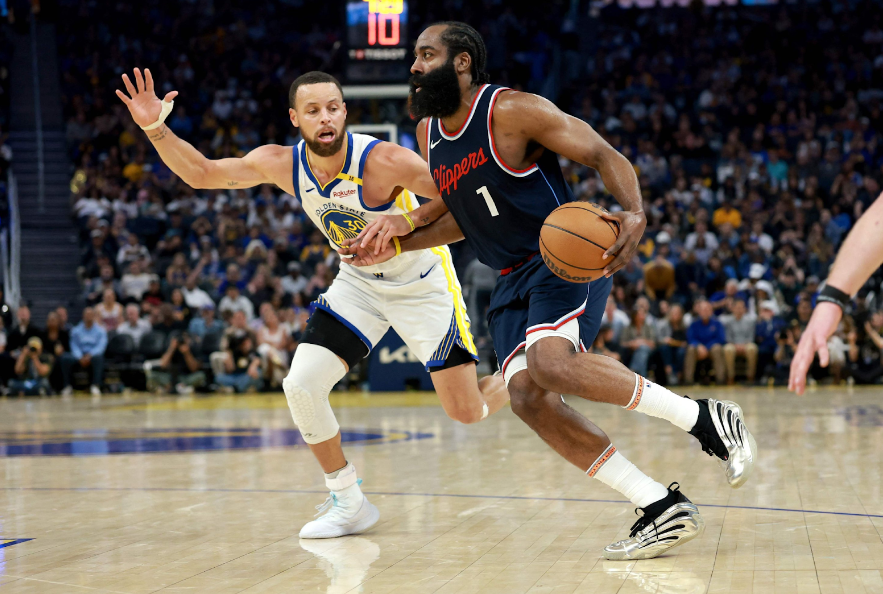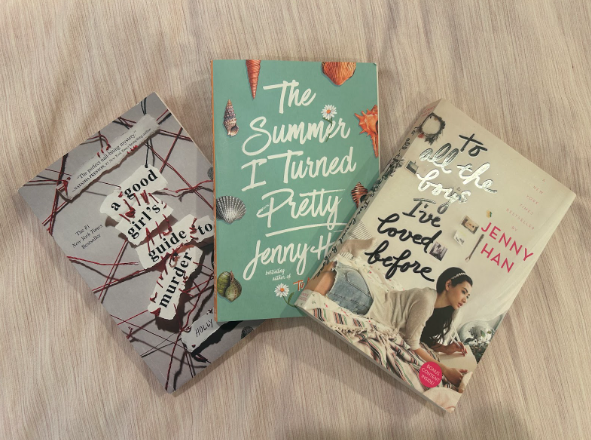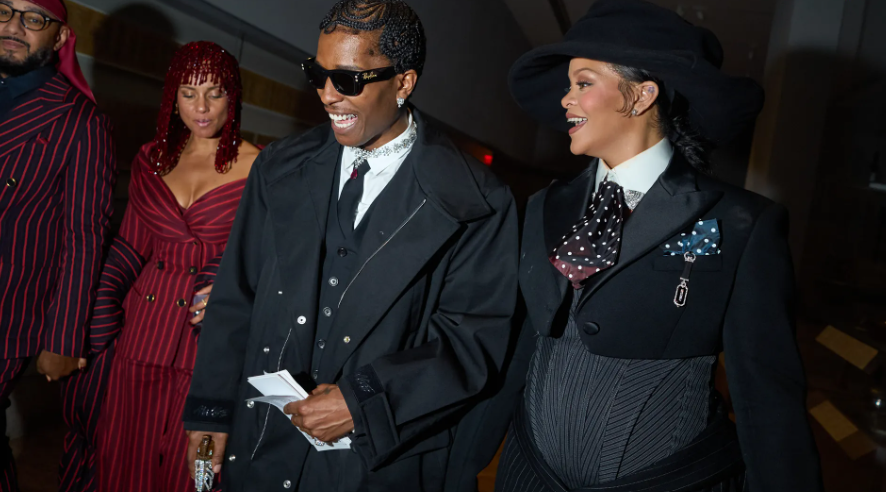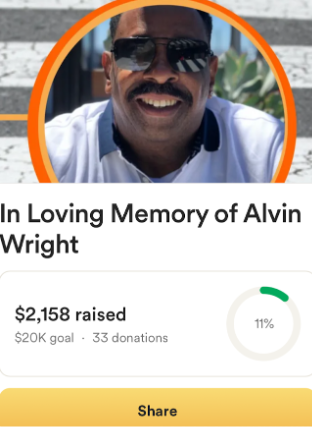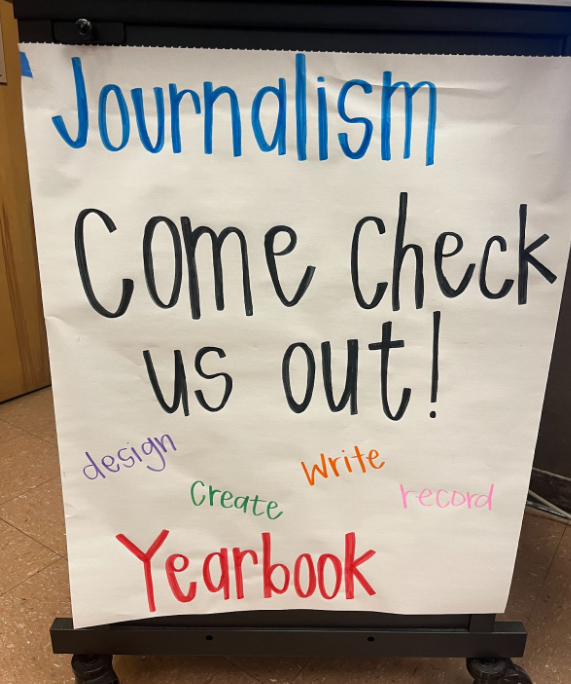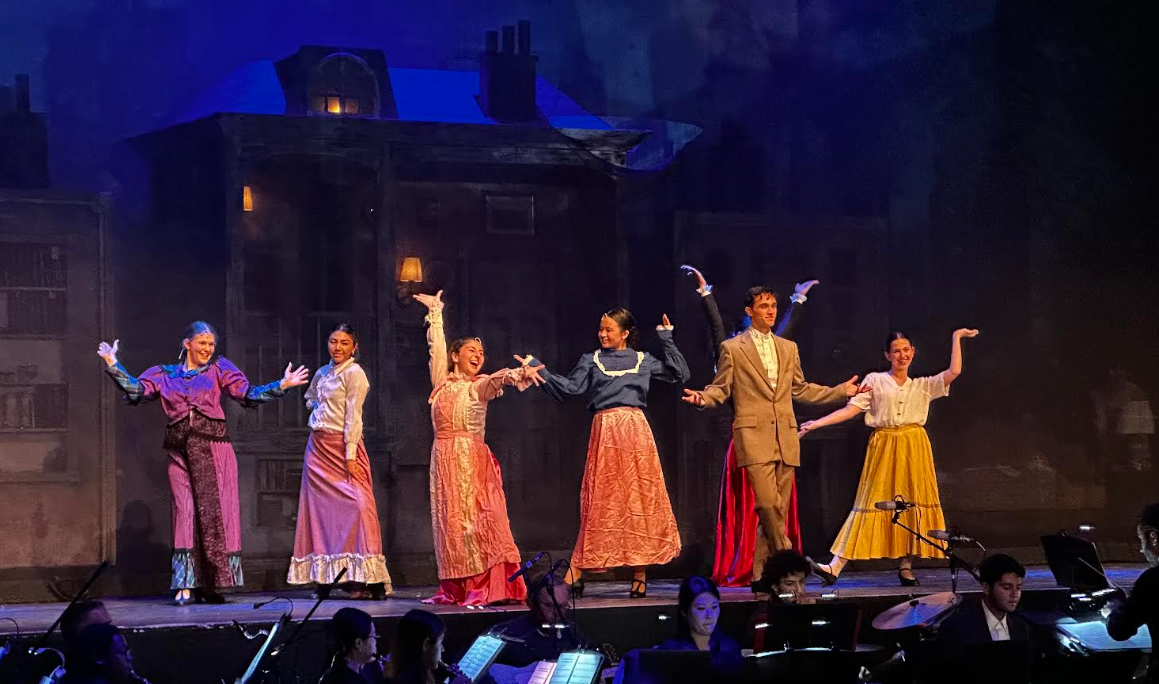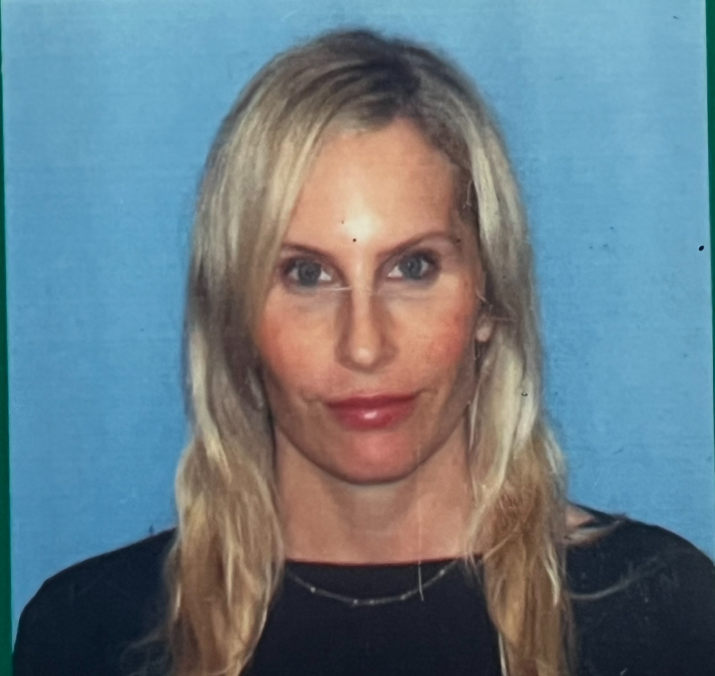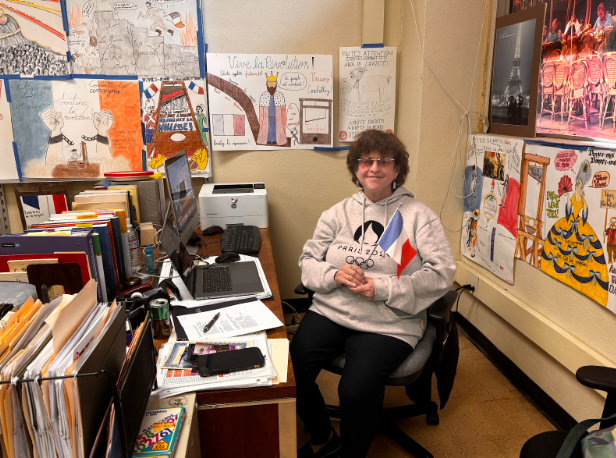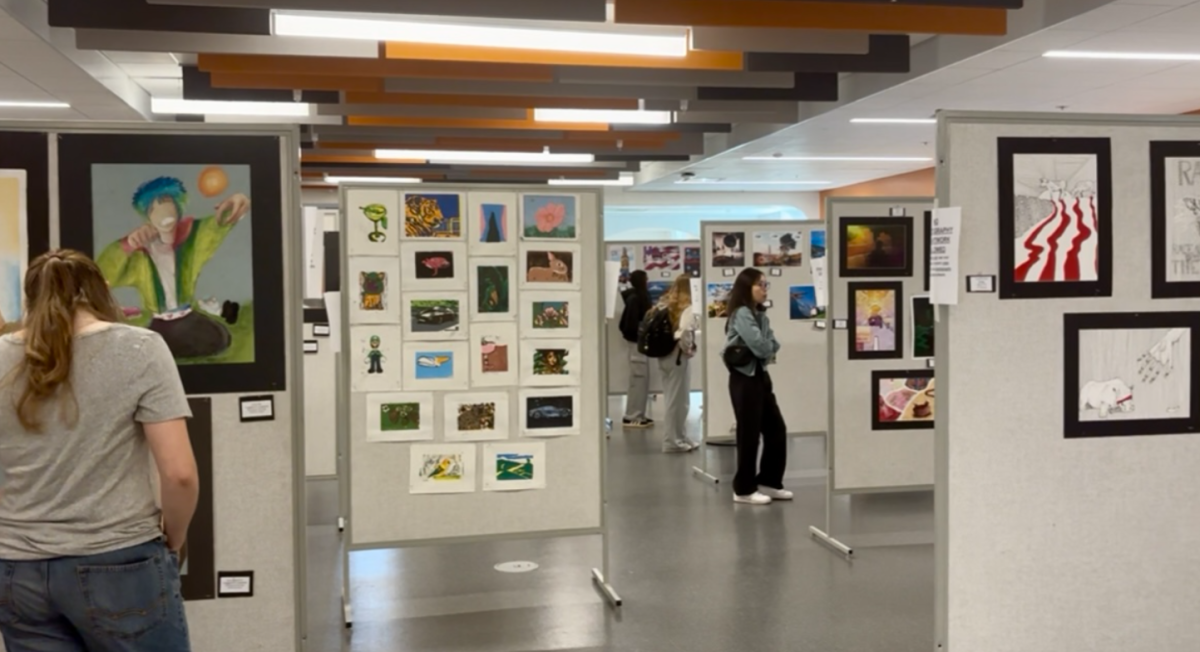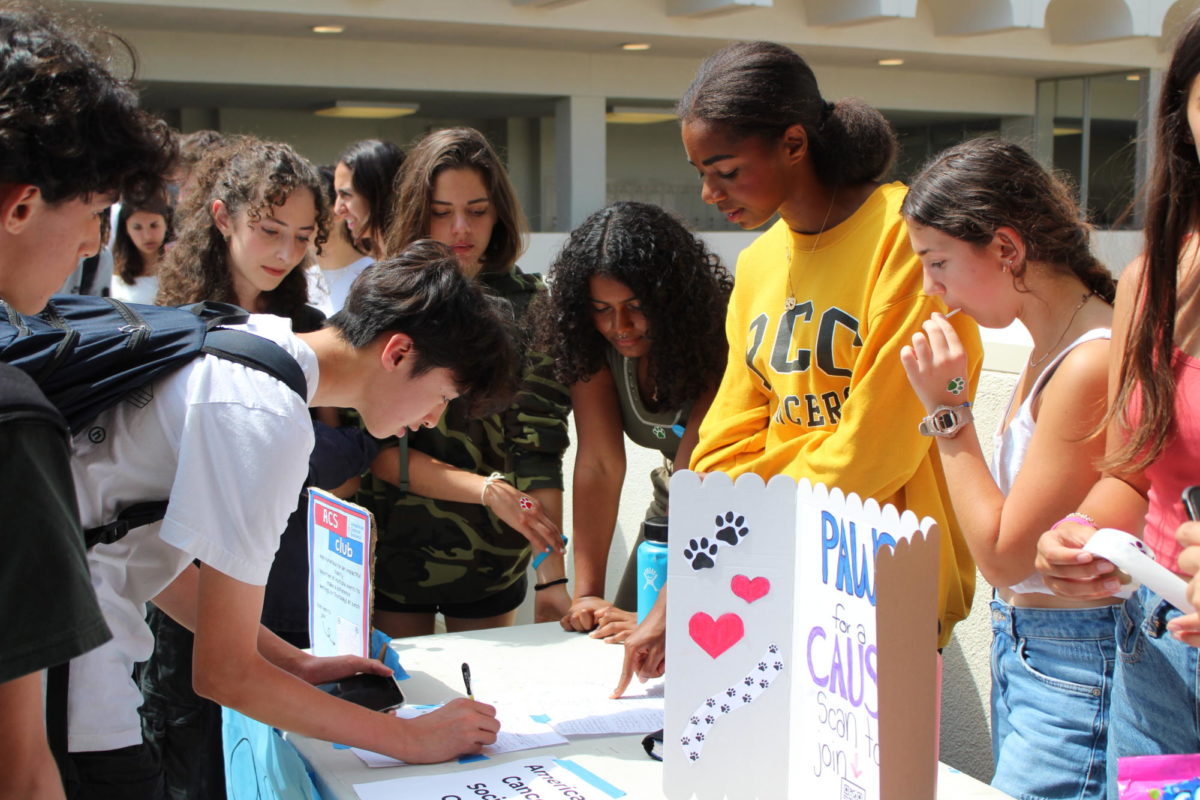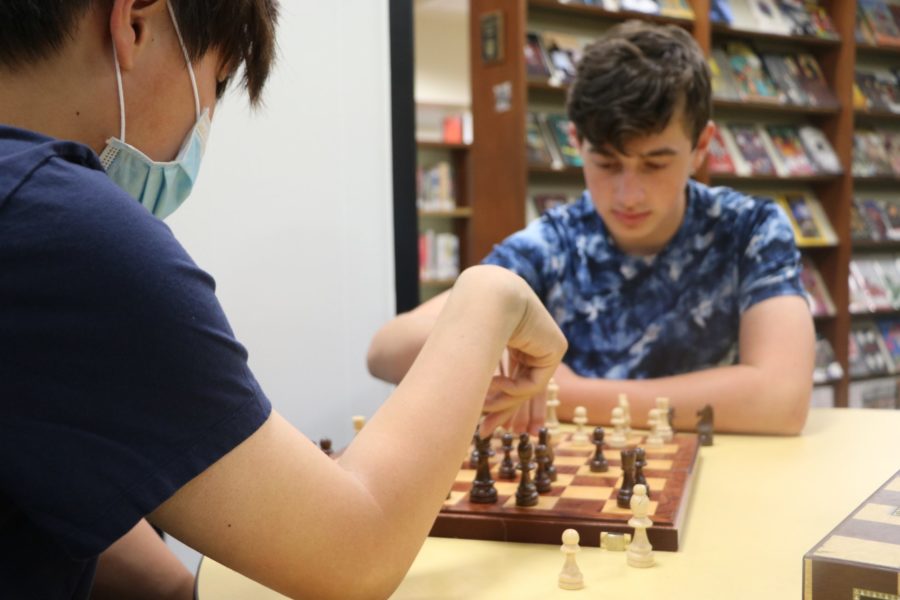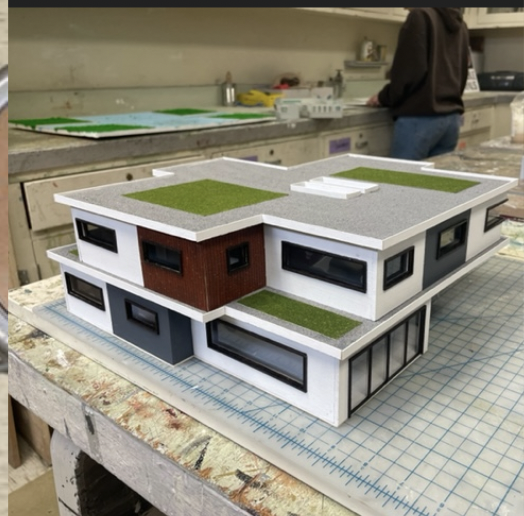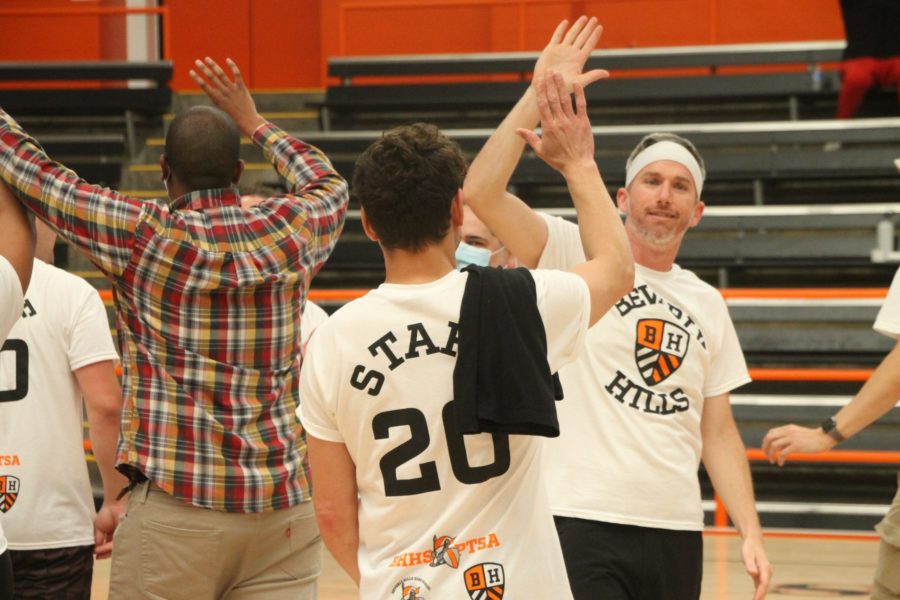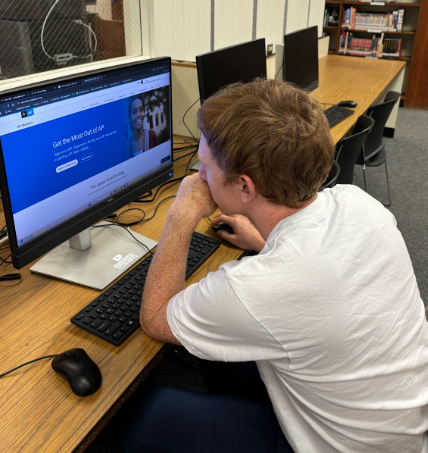Oliver Gallop, graphics editor
“The Great Gatsby” is a novel that seems to be loved by all. So when the first trailer came out in May 2012, promising a Christmas release, goosebumps of “Gatsby” fans around the globe rose in excitement. But it turned out that the film would not be released until May 2013, breaking millions of hearts and raising expectations.
The time has finally come, and “The Great Gatsby” has hit the theaters. While some of the scenes were over the top–the leisurely drive to New York City in the blue and yellow roadsters is portrayed almost like a car chase–most of the visuals are breathtaking. The mansions are beautifully gargantuan and the parties are reminiscent of the infamous “Project X.” At first the overall cinematography seemed strange and out of place, but by the end the director’s motives became more clear. To create an entertaining film about a story that many of the viewers already know, the crew needed to insert as many visually appealing pieces as possible
The symbolism was portrayed surprisingly well; everyone who worked on the movie clearly read the book. Some subtle references to symbolic pieces in the novel include knocking over the clock inside Nick’s house and the brilliantly portrayed Valley of Ashes. In addition, the green light was green, the owl-eyed man had owl-like eyes and Dr. T.J. Eckleburg was in fact a doctor. Certain things were left out of the movie, like Jordan Baker’s cheating and Tom and Daisy’s daughter, but such cutting is required for movie adaptations of novels.
One of the biggest reasons this movie worked was the casting. Everyone from Tom Buchanan to his mistress’ husband were cast very well. The main attractions, Leonardo DiCaprio, Tobey Maguire, Carey Mulligan and Joel Edgerton, effectively evoked emotions both cheerful and melancholic throughout the film.
The novel’s narrator, Nick Carraway, had a partially different role in the movie than in the book. The entire story is told by Carraway from a mental hospital, drawing inspiration from the famous bildungsroman, Catcher in the Rye. Carraway’s doctor suggests that Carraway write down his story, which eventually becomes the book The Great Gatsby. This interpretation of the novel is quite interesting, and fits well because of Carraway’s complicated troubles stemming from the events that preceded his visit to the institution.
The only problems begin with the way the film is being presented to the viewers. The classic tale is being shown in 3D. Not only does the 3D showing cost more, but it also ruins the old-timey 1920’s feel. Wearing futuristic glasses to a movie set in the 1920’s is like trying to text someone with a rotary phone, it just doesn’t work. Luckily, only one-third of all viewers saw the movie in 3D, so a majority were spared a few dollars and a besmirched view of the 1920s.
Overall, “The Great Gatsby” is an amusing movie that appropriately captures the ups and downs of the novel, even with its occasional overelaborate moments.



